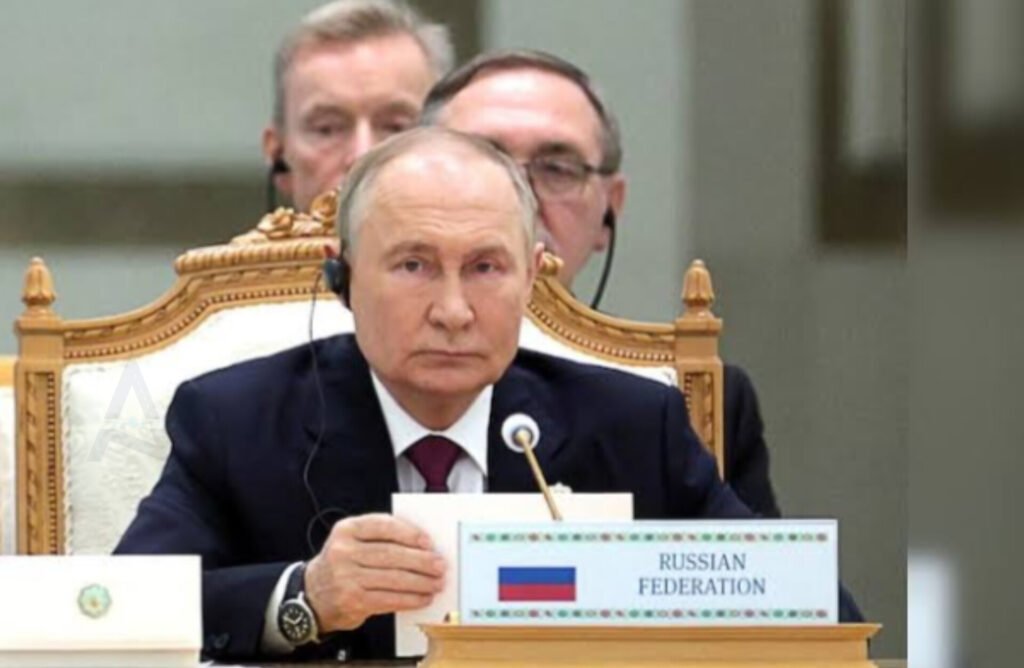Facing increased Western sanctions that have isolated its aviation industry, Russia is seeking alternative solutions to sustain its domestic air travel. The latest strategy under consideration involves inviting Indian airlines to operate within Russia’s domestic routes, a move that signifies Russia’s growing reliance on non-Western allies to counter the adverse effects of global sanctions. These sanctions, which have drastically reduced Russia’s access to Western-manufactured aircraft parts and technical support, have forced the nation to explore unconventional collaborations to maintain its air connectivity.
Historically, Russia’s aviation industry was heavily dependent on Boeing and Airbus aircraft, as well as on parts and expertise from European and American companies. However, following sanctions triggered by geopolitical tensions, Russian airlines have faced significant challenges. These challenges include sourcing spare parts, accessing technical maintenance, and navigating financial restrictions on leasing and insurance for Western aircraft. This situation has led to a considerable strain on Russia’s domestic fleet, raising concerns about operational sustainability and safety. In response, Russian authorities have increased their support for indigenous aircraft manufacturing, particularly with models like the Sukhoi Superjet and Irkut MC-21. Nevertheless, these efforts are still in development and cannot yet fully satisfy the market’s demands, leaving a gap in the domestic air travel sector that foreign airlines may help fill.
For Indian airlines, the opportunity to operate within Russian airspace offers both potential rewards and significant risks. On one hand, entering the Russian market could lead to profitable routes for Indian carriers, given Russia’s vast geography and high demand for domestic air travel. Indian airlines have steadily expanded internationally, and operating in Russia could be seen as an extension of their ambition to grow their market share. Additionally, with Indian carriers increasingly modernizing their fleets and acquiring new, efficient aircraft, they might have the capacity to support additional routes in foreign markets. However, operating in Russia poses substantial challenges. The geopolitical landscape remains tense, and sanctions continue to target entities that do business with Russia. Indian airlines would need to carefully assess the potential risks of secondary sanctions, which could affect their operations, particularly in Western markets. This balancing act is critical, as participation in the Russian market might endanger relations with Western allies, impacting access to financing and critical partnerships with Western aviation giants.
For Russia, the introduction of Indian carriers on its domestic routes could provide some relief from mounting logistical and operational pressures. Russia’s existing aircraft, many of which are leased from Western entities or heavily reliant on Western parts, are at risk of grounding due to lack of maintenance and repair capabilities. Collaborations with Indian airlines could also serve as a potential safeguard, as these carriers would be less affected by the sanctions in terms of parts and technical support. Furthermore, this partnership could potentially enable Russia to maintain an uninterrupted flow of goods and people across its vast territory. Moscow has reportedly engaged in ongoing discussions with New Delhi to explore the feasibility of this arrangement, indicating Russia’s strategic pivot towards India, a country that has maintained a neutral stance in the geopolitical conflict surrounding these sanctions.
However, any decision by India to allow its airlines to operate in Russia’s domestic market will require careful negotiation and assessment. The Indian government, alongside its aviation regulatory bodies, would need to evaluate the long-term feasibility and legal framework for such an arrangement. Complexities around insurance, operational support, and regulatory compliance would need to be addressed. Additionally, Indian carriers would have to consider the reputational risks of operating in a country that is heavily sanctioned by many of the world’s leading economies. Nonetheless, the potential for mutual benefit remains, especially if agreements could be structured in ways that minimize the geopolitical risks.
As Russia’s domestic aviation sector confronts these unprecedented challenges, collaborations with Indian airlines could serve as an innovative solution, offering Russia a partial remedy to its isolation from Western support. For India, this development could signify a new era of cooperation with Russia, showcasing India’s growing influence and strategic autonomy in international diplomacy. While the road to realizing this arrangement is fraught with risks, it nonetheless highlights the shifting dynamics in global aviation and geopolitics, where countries are increasingly exploring unconventional alliances to counterbalance international pressures.
